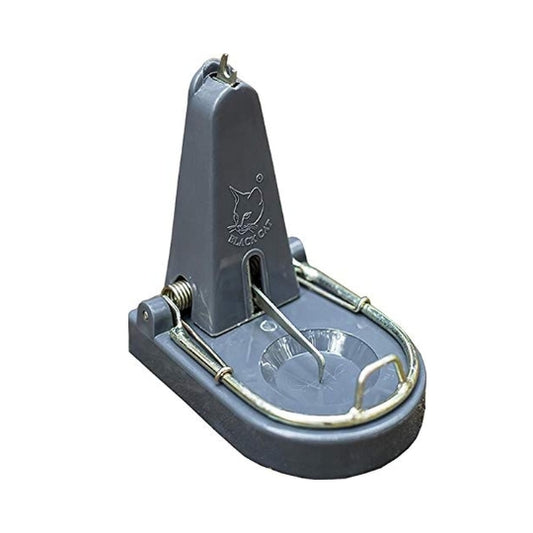
Calcium for Optimal Flowering & Fruiting: Application & Deficiency Solutions
Share
Calcium's Critical Role in Flowering and Fruiting: Ensuring Optimal Crop Yield
Calcium plays a crucial role in flowering and fruiting of various crops, impacting yield and quality. Here's a breakdown of its importance, the consequences of deficiency, and recommendations for application:
The Importance of Calcium in Plant Development:
-
Cell Wall Structure: Calcium is a key component of cell walls, providing structural integrity and strength. This is particularly important during cell division and expansion, which occurs rapidly during flowering and fruit development.
-
Cell Membrane Function: Calcium regulates cell membrane permeability and stability, influencing nutrient uptake and transport.
-
Pollen Tube Growth: Adequate calcium is essential for pollen tube elongation, ensuring successful fertilization and fruit set.
-
Fruit Development: Calcium contributes to fruit firmness, shelf life, and resistance to physiological disorders like blossom-end rot in tomatoes and bitter pit in apples.
- Enzyme Activity: Calcium acts as a cofactor for various enzymes involved in plant growth and development.
- Disease Resistance: Strong cell walls, due to adequate calcium, increase resistance to certain fungal diseases.
Consequences of Calcium Deficiency in Crop:
-
Blossom-End Rot: This is a common problem in tomatoes, peppers, and watermelons, characterized by a dark, sunken area at the blossom end of the fruit.
-
Bitter Pit: Apples can develop bitter pit, showing small, brown spots on the fruit surface and flesh.
-
Tip Burn: In leafy vegetables like lettuce and cabbage, calcium deficiency can lead to tip burn, where the leaf margins become brown and necrotic.
-
Poor Fruit Set: Inadequate calcium can result in poor pollen tube growth and fertilization, leading to reduced fruit set.
-
Soft Fruit: Fruits may be soft, prone to bruising, and have a shorter shelf life.
-
Reduced Yield: Overall, calcium deficiency can significantly reduce crop yield and quality.
-
Stunted Growth: Calcium is needed for proper root and shoot development, so a lack of it can cause stunted growth.
Effective Calcium Application: Liquid Sprays and Soil Drenching
Application of Liquid Calcium Concentrate (11% Calcium):
Foliar application of a liquid calcium concentrate, such as one containing 11% calcium, can effectively address calcium deficiencies, particularly during critical growth stages like flowering and fruit development.
- Timing: Apply during flowering and early fruit development, when calcium demand is high. Repeat applications may be necessary, depending on the crop and severity of the deficiency.
- Application Rate: Follow the manufacturer's recommendations for application rates. Typically, a diluted solution is sprayed onto the foliage.
- Factors affecting absorption: Avoid spraying during the hottest part of the day. Spray during the cooler parts of the day, such as early morning or late evening. Ensure good coverage of the foliage for optimal absorption.
If the formula is not sprayed and the problem is aggravated:
If calcium deficiency is not addressed, the aforementioned symptoms will worsen. This will lead to:
- Severe yield losses.
- Unmarketable fruit due to quality defects.
-
Increased susceptibility to diseases.
- Plant death in extreme cases.
Commercial Formulations:
-
YaraVita Stopit (Yara): This is a well-known calcium chloride formulation designed for foliar application. It's often used to prevent and correct calcium deficiencies in various crops.
-
Calnate Liquid (Patil Biotech): This is another commercially available liquid calcium formulation, often recommended for addressing calcium deficiencies in Indian agricultural conditions.
- Other options: Many other companies provide liquid calcium formulations that may include other micronutrients. Always read the label and follow the instructions.
Soil Drenching with Calcium Nitrate:
Alternatively, calcium nitrate water-soluble fertilizer can be applied as a soil drench. This method is particularly useful for addressing soil-based calcium deficiencies.
- Application: Dissolve the calcium nitrate in water and apply it to the soil around the plant's root zone.
- Rate: Follow the recommended application rates based on soil testing and crop requirements.
- Advantages: This method provides a more sustained release of calcium to the plant.
- Considerations: Soil pH and other nutrient levels should be considered before applying calcium nitrate, as it can affect soil chemistry. It can also increase the soil's nitrate levels.
----------

Maximize your savings with significant discounts on Yaravita Stopit, Calnate liquid, and other top-brand products. Take advantage of flexible payment options, including EMI, cashback offers, and cash on delivery. Plus, enjoy the convenience of free home delivery. Explore our full range today!
----------
Addressing Calcium Deficiency: Prevention and Treatment Strategies:
-
Foliar application of liquid calcium is often preferred for rapid correction of deficiencies during critical stages like flowering and fruiting.
- Soil drenching with calcium nitrate is suitable for addressing long term soil deficiencies.
- It is always recommended to test the soil before applying any fertilizer, in order to determine what nutrients are needed.
- Always follow the instructions provided on the products label.
















